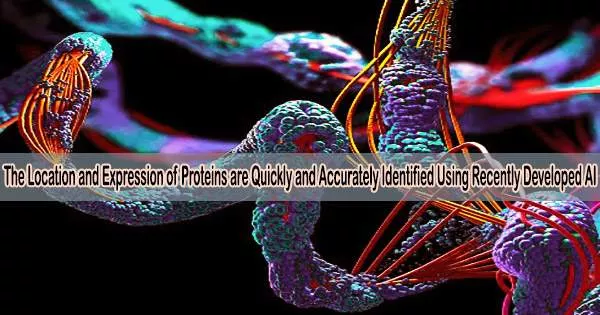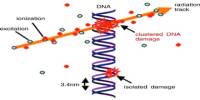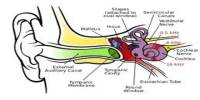An innovative artificial intelligence (AI) system has demonstrated speed and accuracy unmatched by any other in its ability to recognize protein patterns inside of individual cells. The new approach, created at the Institute for People-Centered AI at the University of Surrey, may aid researchers in better comprehending cancer tumor variations and finding novel therapeutic agents.
In a work that was published in Communications Biology, researchers show how the HCPL (Hybrid subCellular Protein Localizer) can learn how to understand the positions of proteins within cellular structures and their behavior in various cells with just partially labeled data.
The HCPL was put to the test on the Human Protein Atlas, and the team discovered that it was the most reliable method for determining where proteins are located within specific cells.
Professor Miroslaw Bober, leader of the HCPL project from the University of Surrey, said, “To understand how proteins work inside cells, scientists need to study where they are located, but this can be a time-consuming and complicated process. HCPL makes this process easier.”
“This program uses a deep-learning model to quickly and accurately identify subcellular structures where proteins are present inside individual cells. We are hopeful that HCPL can help scientists study how proteins work and develop new treatments for diseases.”
Proteins play a key role in most cellular processes crucial to our survival. Unraveling protein distributions and interactions within individual cells is vital to understanding their functions and indispensable to developing new treatments. Our work with the University of Surrey enables scaling up of this process and opens new frontiers. The partnership between Surrey and ForecomAI has been a successful interdisciplinary collaboration in scientific research, paving the way for further initiatives.
Dr. Amaia Irizar
The study of protein distribution in cells or tissues using a combination of computational and experimental methods is known as spatial proteomics. In this field, fluorescent markers are physically attached to proteins as a way of fluorescence microscopy.
AI maps the proteins onto individual cell compartments (subcellular structures or organelles). This aids in the understanding of the roles and activities of proteins and may even shed light on the intricate inner workings of cells.
HCPL was created in collaboration with ForecomAI, a research and development firm with top-tier machine and deep learning skills that offers solutions in the biosciences and healthcare.
Dr. Amaia Irizar, director of ForecomAI said, “Proteins play a key role in most cellular processes crucial to our survival. Unraveling protein distributions and interactions within individual cells is vital to understanding their functions and indispensable to developing new treatments.”
“Our work with the University of Surrey enables scaling up of this process and opens new frontiers. The partnership between Surrey and ForecomAI has been a successful interdisciplinary collaboration in scientific research, paving the way for further initiatives.”
















